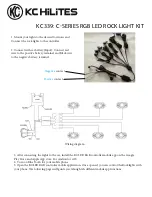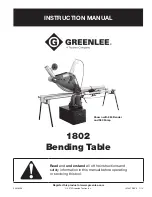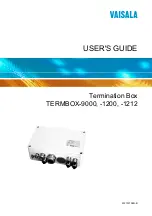
User Guide
– Vibration Analysis Setup for KEMET Vibration Sensors
The above information is believed to be correct but does not purport to be all inclusive and must be used only as a guide.
7
© KEMET Electronics Corporation
• One East Broward Boulevard • Fort Lauderdale, FL 33301 USA • 954-766-2800 • www.kemet.com
4.2
Noise Countermeasures for VS-BV203
Power Supply Noise
Connect the power supply to a stable power supply separated from the equipment, such as
batteries or other non-switching "linear" power supplies.
Figure 9
– In Case of Noise from the Power Supply
If there is a noticeable difference in the output signal, then the power supply can be considered
the potential cause of electrical noise. If this is the case, we recommend deploying EMI
countermeasures on the supply lines.
Installation Surface Noise
Attach or detach the housing to or from the measurement surface.
Figure 10
– In Case of Noise from the Installation Surface
If effective, the noise can be considered as coming from the installation surface. KEMET
recommends, in that case, to use the sensor VS-JV10A, chassis insulation type.
Cable Noise
Cover the entire cable with screening and attach to a ground point at the measurement side
of the cable. An alternative is to deploy ferrite countermeasures on the cable to reduce
electrical noise. Care must be taken to ensure that any ferrite placed on the cable should not
dampen or reduce the magnitude of the electrical vibration signal.
Figure 11
– In Case of Noise from the Cable
If it works, the origin of the noise can be considered as coming from the cable. KEMET
recommends, in that case, to use the sensor VS-JV10A, as its cable has a strong shield and
is effective as a noise countermeasure.
4.3
Noise Countermeasures for VS-JV10A
Refer to Figure 12 for the connection between the sensor, power supply unit and
measurement unit.





























